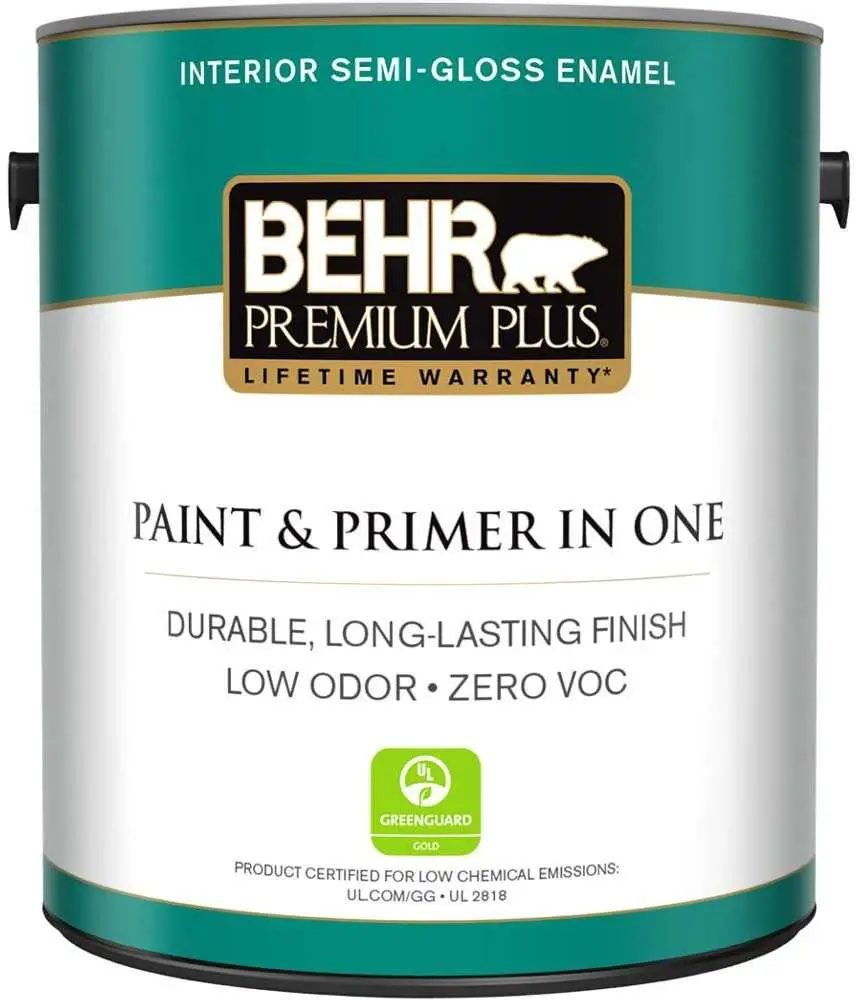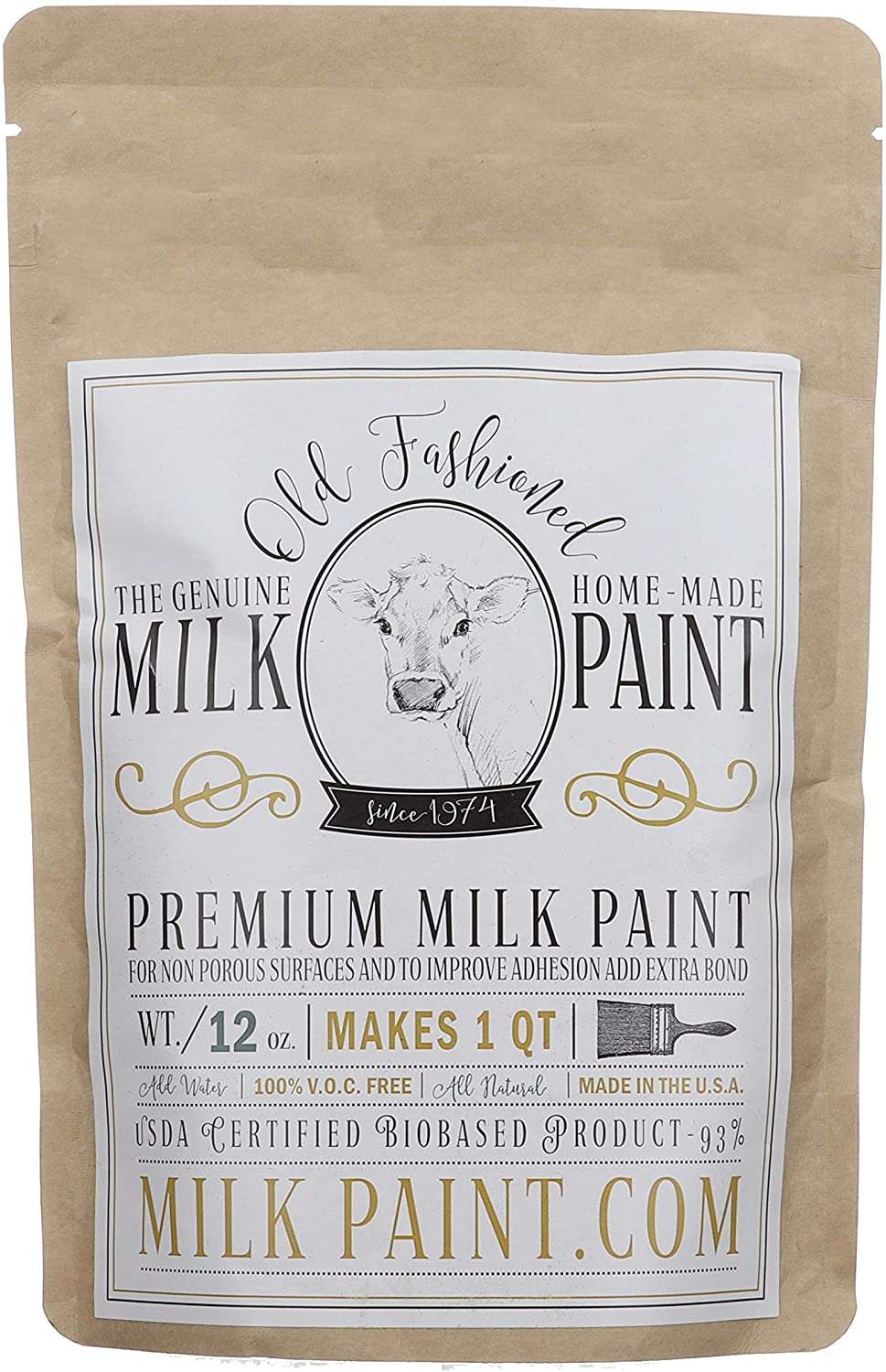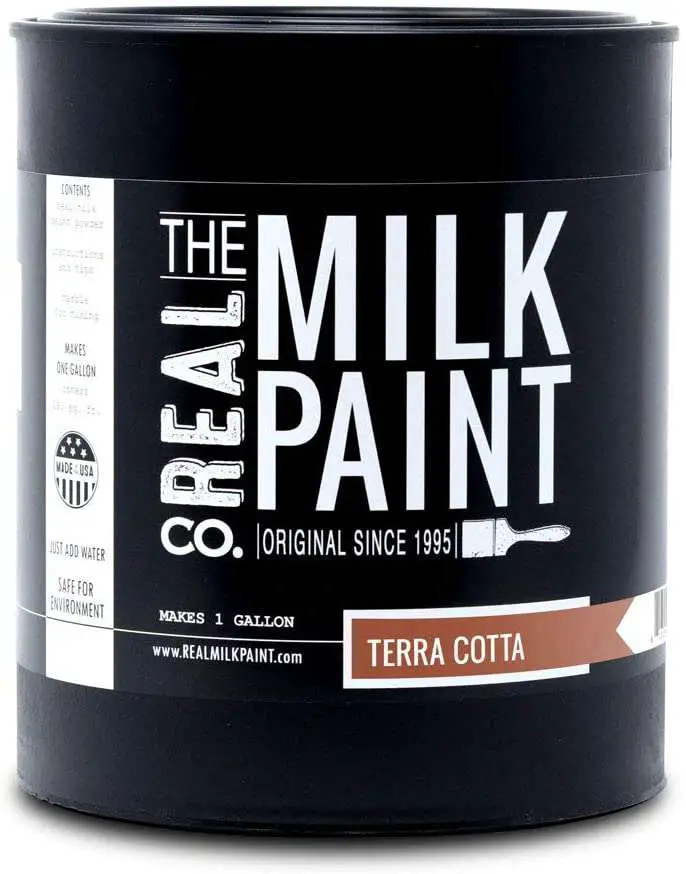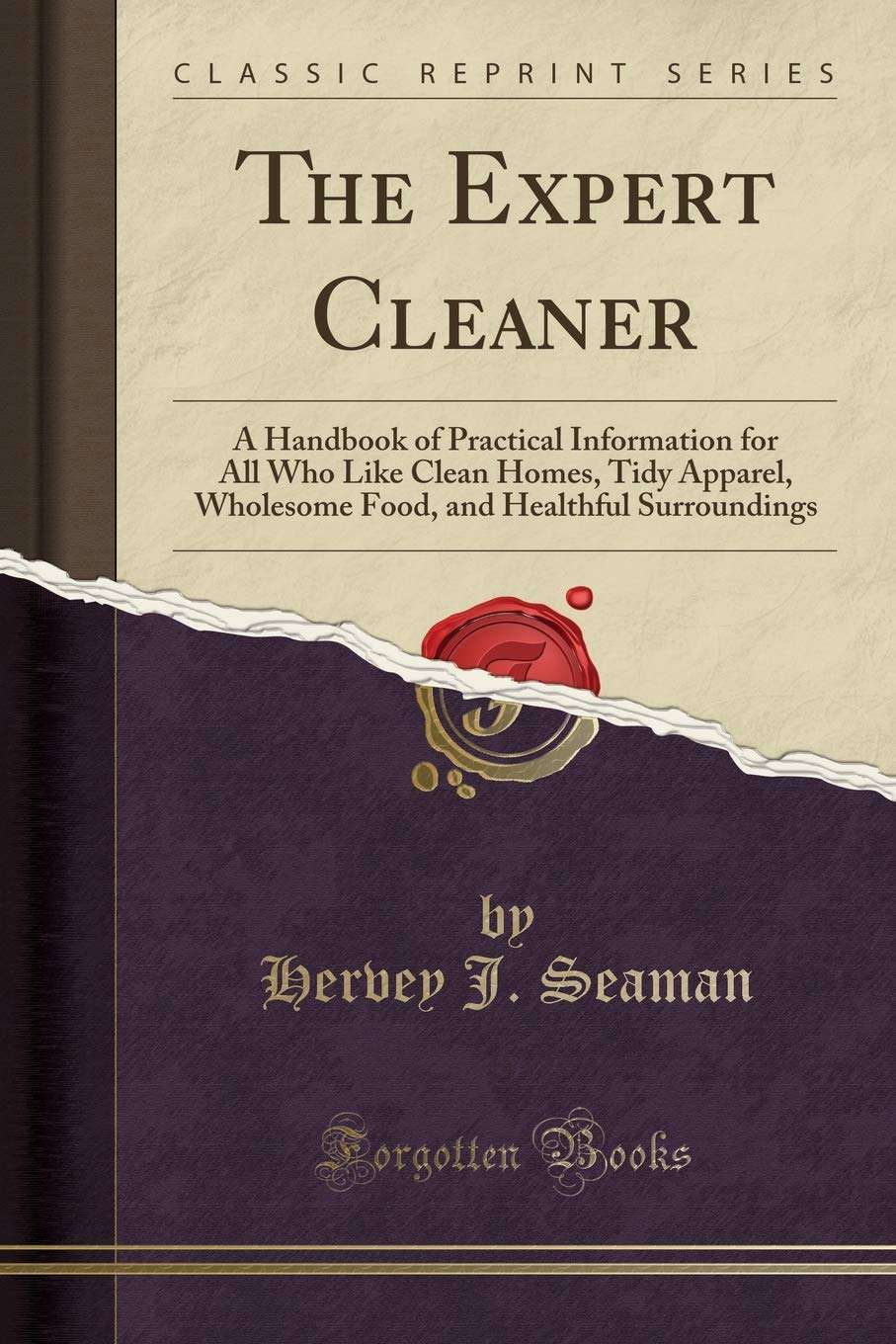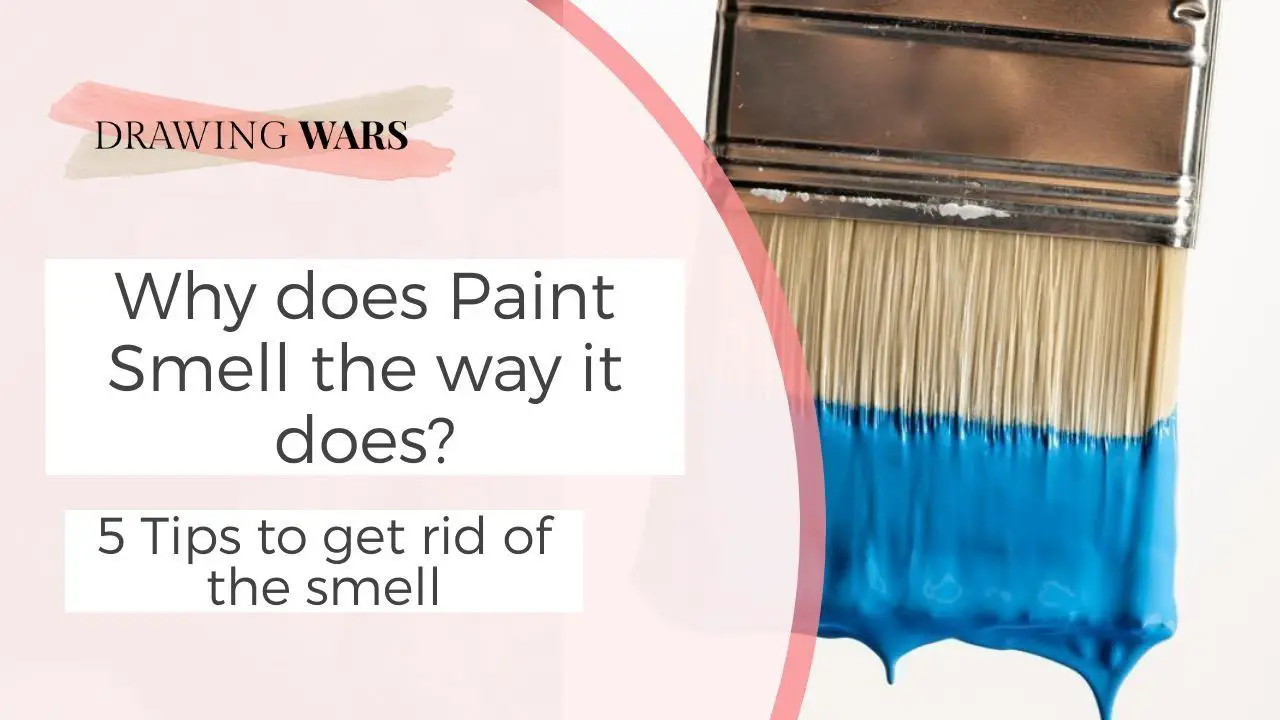
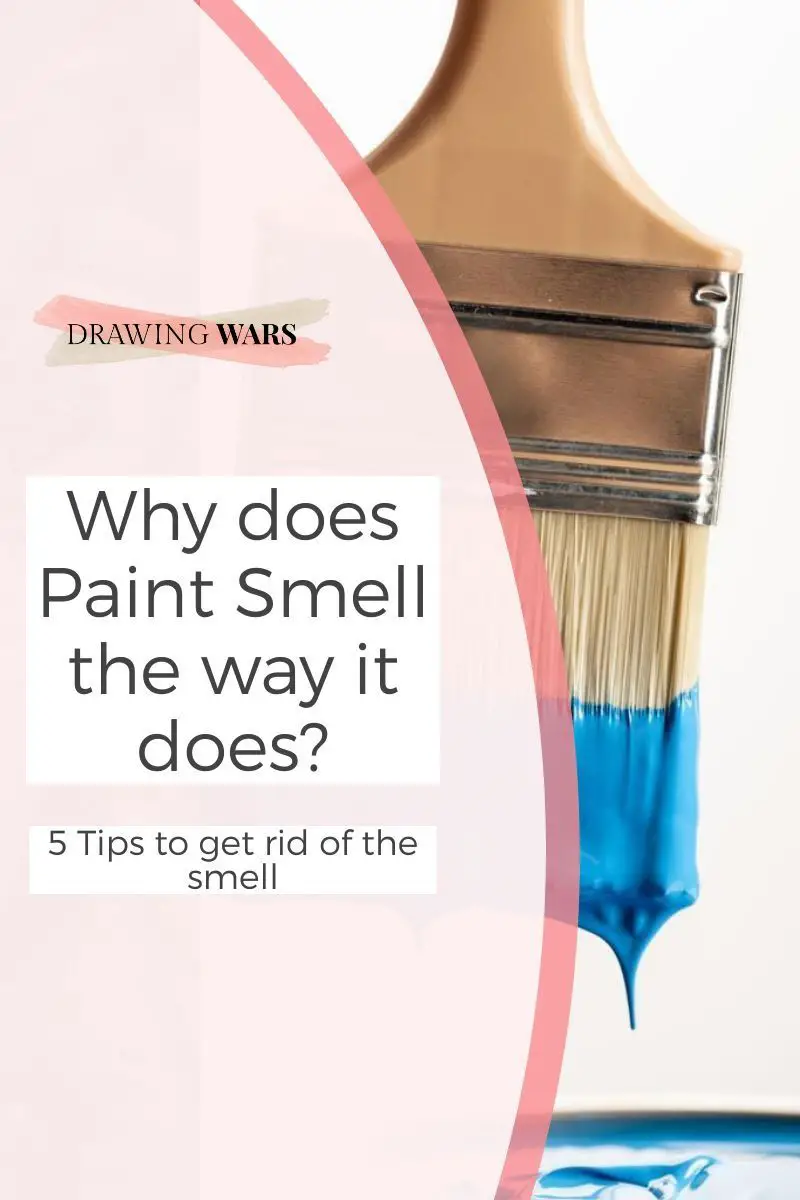
INTRODUCTION
Painting is that one creative outlet that sharpens a person’s mind while expanding their horizons. It not only improves a person’s creative skills but also promotes critical thinking and provides numerous health benefits. However, for some people, the enjoyment of painting is short-lived due to the pungent “paint smell.” So why does paint smell so awful and what could you do to get rid of it?
The awful smell of paint is often accompanied by harmful fumes that are released into the air. These fumes, also known as Volatile Organic Compounds (VOCs) can cause discomfort or have a long-term effect on a person’s health. Luckily, this smell can be avoided by using zero-VOC paint or trying out some quick DIY tricks!
THE SMELL OF PAINT: IS IT BAD FOR HEALTH?’
The chemicals present in paint fumes can cause both short- and long-term health effects.
After you paint, the only thing that should linger is your appreciation for the color scheme and not how awful the smell is. The strong smell, when a can of paint is opened, is a result of fumes that are released into the air. Thus, a higher level of fumes results in a stronger, pungent smell. These fumes, alternatively known as Volatile Organic Compounds (VOCs), can also be detrimental to a person’s health if inhaled for a long period of time.
A report released by the U.S. Environmental Protection Agency (EPA) shows that the fumes released from paint in an indoor area may increase the VOC levels by 1,000 times as compared to the air outdoors. Breathing in the fumes released by the VOCs can result in side effects such as:
-
Headaches
-
Dizziness
-
Watery Eyes
-
Irritation in nose and throat
Meanwhile, a prolonged exposure may cause severe health issues such as:
-
Nervous system damage
-
Asthma
-
Certain types of cancer
-
Kidney damage
A REASONABLE SOLUTION
In recent decades, researchers have developed a new type of less toxic, zero-VOC paint that emits fewer fumes than conventional paints. Alongside the breakthrough in the smell sector, this paint has other qualities as well. For instance, the drying time has been reduced by almost two-thirds resulting in an effective paint job without any harmful odors lingering in the air!
These are some of the best zero-VOC paints options that are readily available:
Behr Premium Plus Low Odor Interior Paint
Behr Premium Plus Low Odor Interior Paint
Grab this Low Odor Interior Self-Priming Paint with 100% acrylic finish and a quick drying time!
Milk Paint
Old Fashioned Milk Paint - Non-VOC Powder Paint
Milk Paint is an old-school method for adding color to surfaces.
The Real Milk Paint Co.
The Real Milk Paint Co.
If you're looking for eco-friendly paint, Real Milk Paint is made from natural, 100% organic ingredients. Grab your can now!
PRO-TIP
Read the label or instruction manual on paints!
Conventional paints mention safety measures to reduce your exposure to toxic VOCs. These measures include working in a well-ventilated area, keeping windows open to increase air circulation, and using an air purifier.
5 BEST WAYS TO GET RID OF THE PUNGENT PAINT SMELL
Although the chances of a harmful outcome can be minimized by using a zero-VOC paint formula, this kind of paint can still contain toxic chemicals. Zero-VOC paint does not always ensure that the paint is non-toxic as it can also contain other risky chemicals like toxic ammonia and acetone which are not generally classified as Volatile Organic Compounds (VOCs). Therefore, to ensure that your painting experience is safe and comforting, here are 5 tips that can help you reduce the harmful effects and get rid of that awfully strong paint smell!
SET OUT BUCKETS OF WATER
The simplest solution to deal with bad smells due to paint is water. Placing buckets filled with water throughout the room and letting them sit overnight is arguably the most effective method to get rid of the pungent paint smell. This is the oldest trick used by painters that goes all the way back to the 1899 book The Expert Cleaner by Hervey J. Seaman.
The Expert Cleaner: A Handbook of Practical Information for All Who Like Clean Homes, Tidy Apparel, Wholesome Food, and Healthful Surroundings
Grab this classic for more tips and tricks!
LEAVE OUT BOWLS OF VINEGAR
The acetic acid in vinegar has the properties that neutralize the molecules that carry smells. Thus, pouring out white vinegar in bowls and placing them around the room can help eliminate bad odors. Unlike water, you don’t need full buckets to get rid of the smell, just a few bowls of vinegar can help reap the odor-eliminating benefits of it.
PRO-TIP
USE THE RIGHT KIND OF VINEGAR!
Using household white vinegar works better for eliminating bad smells instead of culinary white vinegar because it has 10% acetic acid while the latter only has 5% acetic acid!
GET SOME BAKING SODA
Similarly, leaving out bowls filled with baking soda can help neutralize and absorb bad smells. Another thing you could do is sprinkle baking soda in rooms with soft surfaces, such as rooms with carpeting, that tend to hang on to smells. After you let it sit for a few hours, you’ll notice that the smell is gone!
GRAB A BAG OF CHARCOAL
Like baking soda, charcoal also has the property of absorbing bad odor. It is effective in eliminating even the most pungent paint smell. Activated charcoal is processed through high heat that makes it more porous creating more spaces for odor-causing molecules to go and get absorbed in the process. We would recommend pouring charcoal into aluminum baking pans and leave them in the room for a few hours and it’ll provide you with a smell-free room.
THE ONION TRICK
Sometimes it’s easier fighting a smell with another smell. Thus, leaving cut onions around a room can effectively get rid of fumes and odors caused by paint. Onions contain a chemical known as Synpropanethial-S-oxide that contributes to its distinctive onion odor that helps neutralize the molecules that result in paint smell.
CONCLUSION
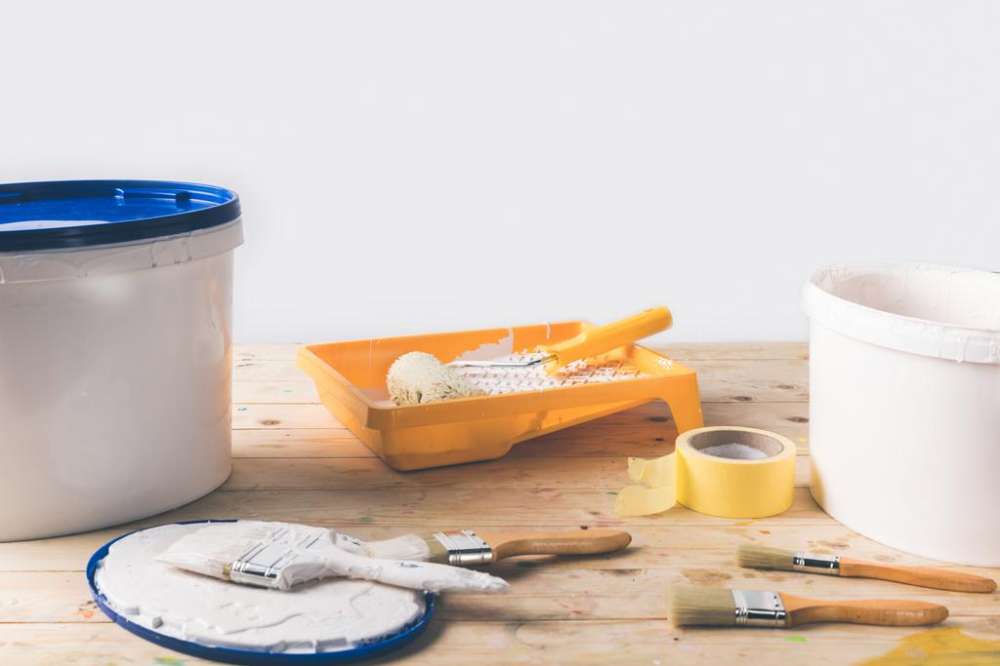
So if love painting but can’t seem to stand the smell of the pain or have concerns about the safety of the fumes emitted from paints, you could always avoid the hassle and the headaches by opting for zero-VOC paint for your next painting project. Otherwise, you could always use these DIY tips and tricks that work best if you’re on a tight budget but are sensitive to pungent smells.
These tips and tricks also work great for projects where you might not have adequate ventilation or rooms where you spend lots of time in. If you want to learn more about painting hacks, don’t miss out on reading this post on how to remove paint with a paint thinner!
5 Easy Steps to Remove Paint with Paint Thinner!
Do you wish to restart your painting or remove some paint without ruining the work completely? Here's how to do it with a paint thinner!

By Jimena & Iñigo
The Navarro-Rubios
My husband and I are learning how to draw and paint. We wanted to share this learning process with the world and have fun! That's why we created this blog. We'll have drawing contests every week and you'll decide who won that week! Follow along and learn with us!

Jimena & Iñigo
The Navarro-Rubios
My husband and I are learning how to draw and paint. We wanted to share this learning process with the world and have fun! That's why we created this blog. We'll have drawing contests every week and you'll decide who won that week! Follow along and learn with us!
